Miners lag on diversity in leadership: Osler study finds more progress for women at the board and senior levels than Indigenous people and visible minorities

Canadian mining has long struggled to enhance diversity at the board and senior leadership levels. But while the industry has consistently ranked near the bottom among industries in terms of the number and percentage of women in senior leadership roles, change is happening and a number of companies in the industry are taking steps to be more inclusive.
Lucara Diamond is one such company. In addition to being a mining company, Lucara is also a tech company. Its proprietary diamond sales platform, called Clara, is built on blockchain technology that uses computer algorithms to match its diamond production to buyer preferences.
The link between the diamonds and the technology is Lucara’s president and CEO Eira Thomas. Thomas, a geologist and 25-year industry veteran, co-founded Lucara in 2008 and, a decade later, was developing Clara when Lucara’s board recruited her to replace retiring CEO William Lamb and bought Clara in the process.
Lucara also stands out among mining companies because Thomas is a woman and three of its top six executives are female. In addition, three directors of Lucara’s seven-member
board are women. Thomas isn’t the only woman CEO in Canadian mining, but they are nearly as rare as diamonds like the Sewelô (one of the exceptional large diamonds mined at Lucara’s Karowe mine in Botswana). According to data compiled for Osler’s 2021 Diversity Disclosure Practices report, of the Canadian public mining companies included in the data set, there are only six other CEOs who are women.
Canada’s mining sector is making modest gains in the number and percentage of female directors and women in senior executive positions (particularly on mining boards), but obstacles remain.
Attracting women to careers in mining and keeping them once they are there has long been an issue. The scope of this problem was highlighted in a 2016 industry action plan from Women in Mining Canada. It cited Mining Industry Human Resources Council (MiHR) figures that showed “mining has a lower representation of women compared to the very same occupation in other industries… This holds true whether the occupation is traditionally associated with a higher… or lower representation of women.”
These challenges might also help to explain, at least in part, why career profiles of women mining executives and directors suggest a significant proportion enter the field in senior roles directly from other professions, such as accounting, law or finance. Placements for these women tend to be among the mid-size and larger firms, where there is more of a focus on governance and a diverse matrix of skillsets among directors. The makeup of most junior mining boards, by comparison, skews more heavily to a tighter circle of geologists and mining engineers – fields where women tend to be underrepresented.
Latest data on women leaders in mining
The disparity in diversity levels between the boards of Canadian mining companies and other TSX-listed company boards is significant. Data compiled for Osler’s 2021 Diversity Disclosure Practices report shows that just 19% of directors at mining companies in 2021 were women (up from 18% in 2020), compared to 23% for TSX-listed companies as a whole and 33% at S&P/TSX 60 companies. On a per-board basis, the number of women directors was 1.45, versus 1.83 per board for TSX-listed companies overall and 3.72 for S&P/TSX 60 companies.
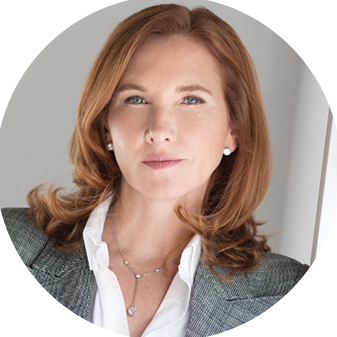
CEO of Lucara Diamond, is one
of few female CEOs in mining.
Credit: Lucara Diamond
Although significant, there is less of a differential between the percentage of women executive officers in mining (15%) compared to TSX-listed companies (18%) and S&P/TSX 60 companies (22%).
Trends for women in mining
Osler’s survey data for directors does indicate a substantial overall improvement since 2015, the first full year after the diversity disclosure requirement was introduced. That year, only 7% of directors at mining companies were women. The rate of increase to 19% compares favourably to the improvement rate for all TSX-listed companies, where percentage representation rose to 23% in 2021 from 10% in 2015.
The story for women executive officers in the mining sector is also consistent with the trend for TSX-listed companies as a whole. Since 2015, change has been slow and representation remains low in absolute terms (11% in 2015, and 15% in 2021).
Other diverse groups
The story with respect to the representation of other diverse groups, including Indigenous peoples and visible minorities, is a mixed bag.
According to MiHR’s 2019 Canadian Mining Labour Market Outlook, the representation of Indigenous peoples in the workforce is substantially higher in Canadian mining (7%) compared to other industries (4%), and higher than their representation in Canada’s population (5%). Data from Osler’s 2021 Diversity Disclosure Practices report found that among federally-incorporated public companies 0.5% of the board positions and virtually no executive officer positions were held by Indigenous peoples. However, although the absolute number of board seats held by Indigenous peoples overall is clearly very low, five of the eight such seats among disclosing companies were on the boards of mining companies. In common with other federally-
incorporated public companies, mining companies had virtually no executive officers who are Indigenous.
The 2019 Canadian Mining Labour Market Outlook reported that the representation of visible minorities in the workforce is substantially lower in Canadian mining (9%) compared to other industries (21%), and their representation in Canada’s population (22%). Data from Osler’s report found that among federally-
incorporated public companies, 6.9% of the board positions were held by visible minorities and about 30% of such companies reported having at least one executive officer who is a visible minority. Among mining companies providing disclosure, the percentage for directors was lower at approximately 2.5%, while mining companies had only 14 executive officers who are visible minorities.
Sector leaders
Women in Mining Canada’s action plan offers a twofold prescription to boost female representation: “Outward-focused action to fill the talent pipeline [and]… inward-focused action that changes workplace cultures.”
Osler’s research has identified a number of Canadian mining companies that are consistent leaders in best practices to support such efforts. These include:
> Cameco – diversity and inclusion training, featuring extensive online resources and other awareness initiatives via posters and displays
> Teck Resources – promoting culture change with gender-
neutral approach to job titles and descriptions, as well as family-
friendly policies for mid-career women
> Kinross Gold – strategic implementation of global written inclusion and diversity guidelines promoting a more inclusive workplace
> Lundin Mining – has established a 14-person multi-disciplinary working group to further the corporation’s diversity and inclusion agenda. Resources and forums are being made available to enable uncomfortable conversations. The corporation has committed to continually evaluating the effectiveness of this program and to modify its approach to ensure it is keeping up with best practices.
> New Gold – participates in the International Women in Mining mentoring program that provides mentoring opportunities for female staff across the organization and also provides female corporate employees with membership in Women in Mining Toronto.
> OceanaGold – adopted a monitoring program to track progress, and a project to identify and correct gender pay equity gaps.
A number of other initiatives have been launched in the Canadian mining industry in recent years to address the underrepresentation of women and encourage further progress in achieving gender parity. For example, MiHR established the Gender Equity in Mining Works (GEM Works) program that trains gender champions and change agents within organizations with a view to eliminating unintentional barriers to gender inclusion. The Mining Association of Canada’s annual Women in Mining newsletter aims to raise the profile of women by highlighting the work being done by women in the sector. And organizations like Women in Mining Canada and Women Who Rock focus on mentorship and encouraging initiatives that promote professional development for women.
With respect to other diverse groups, Osler’s research also identified some Canadian mining companies that are taking action to enhance Indigenous representation. For example, before it merged with Agnico Eagle, Kirkland Lake Gold had implemented cross-cultural training at its sites hoping to recruit more effectively and to build trusted and prosperous partnerships with Indigenous communities.
Replicating success
Looking ahead, the key to greater progress for Canadian mining companies overall looks to be replicating the gender practices and diversity performance of our largest miners at the mid-tier and junior levels and replicating them for the benefit of other underrepresented groups at all levels.
Andrew MacDougall and John M. Valley are both partners, corporate at Osler.
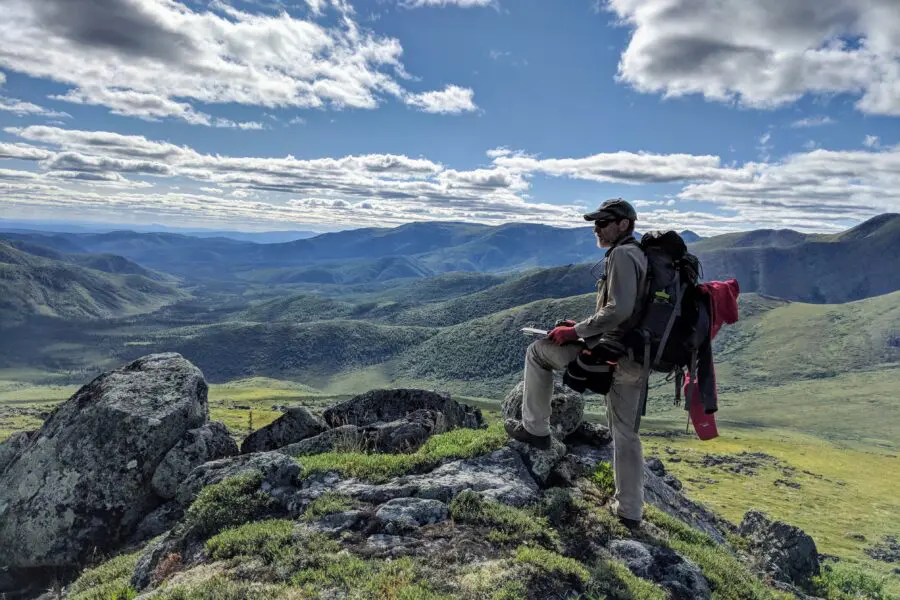
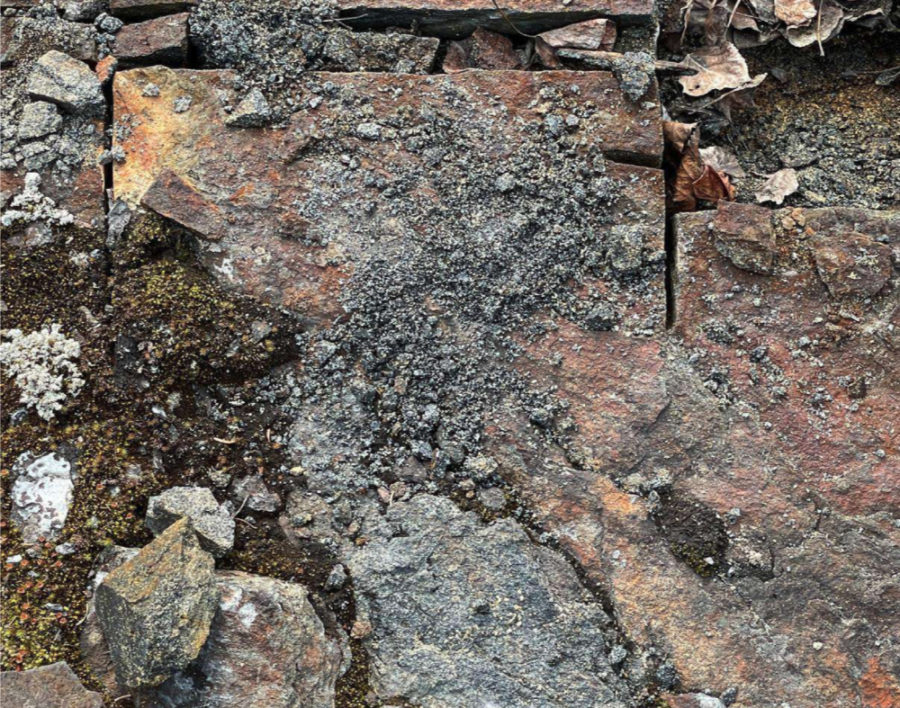
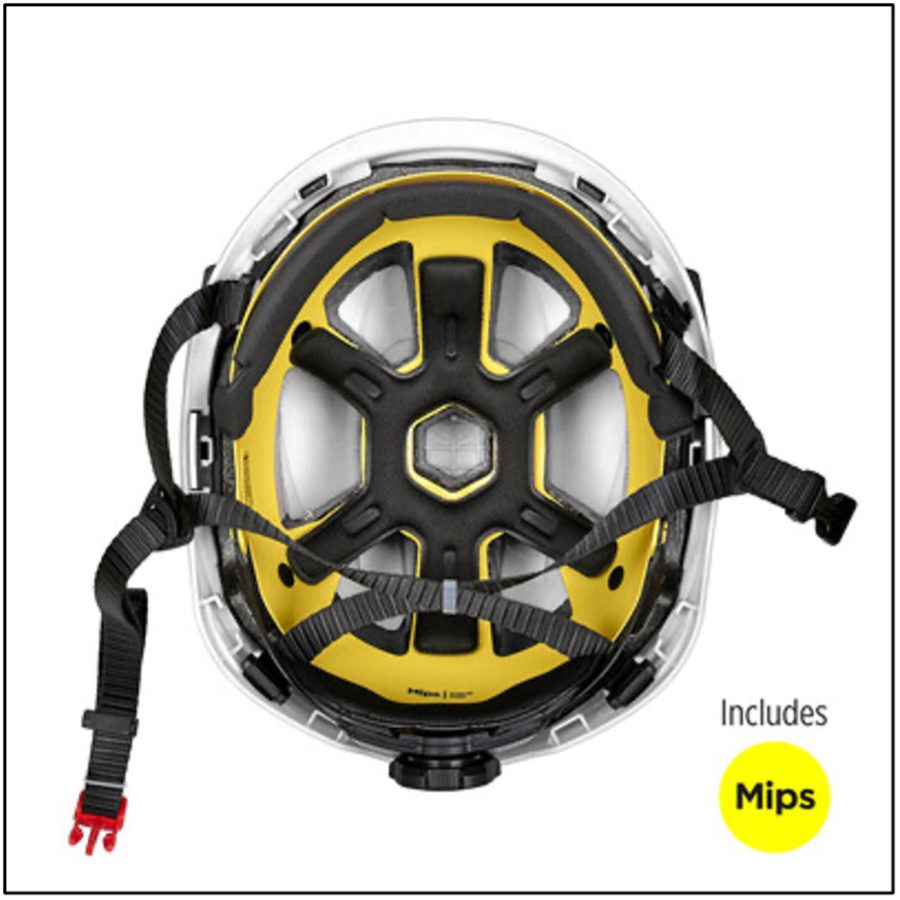

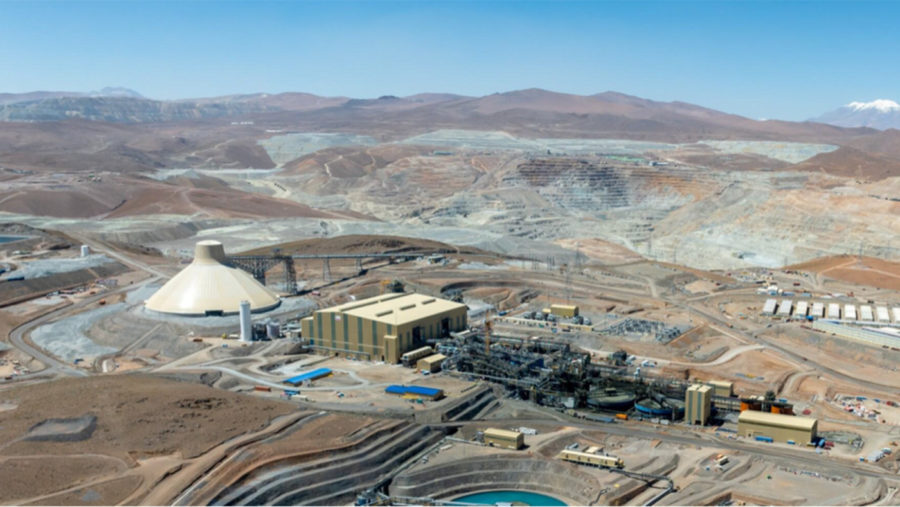
Comments